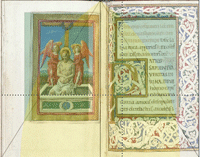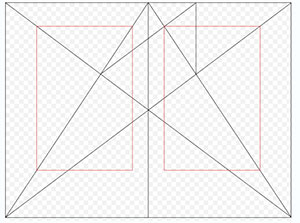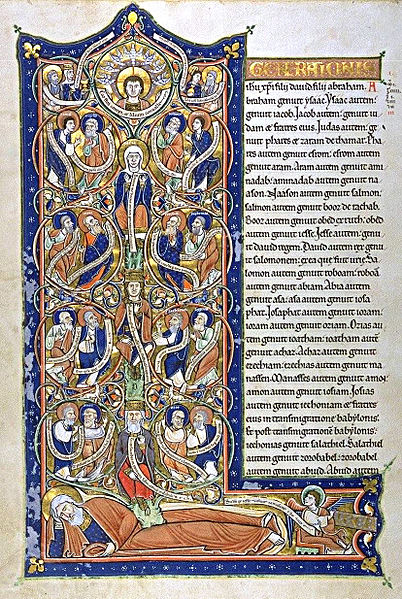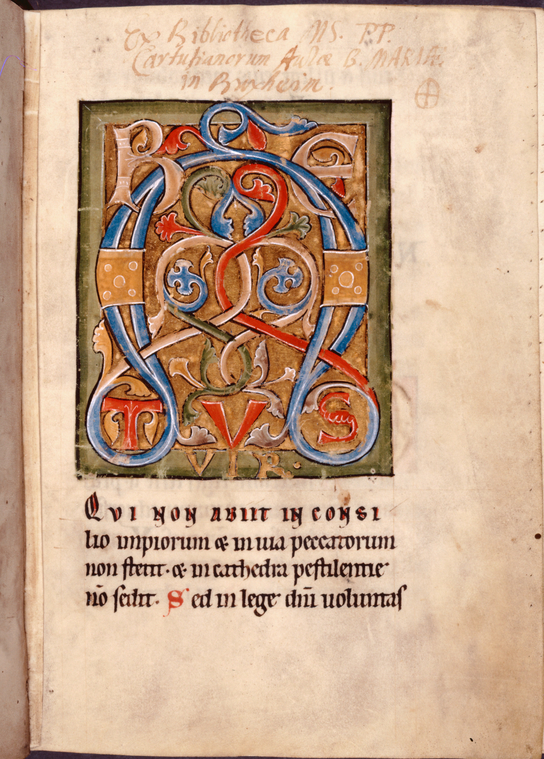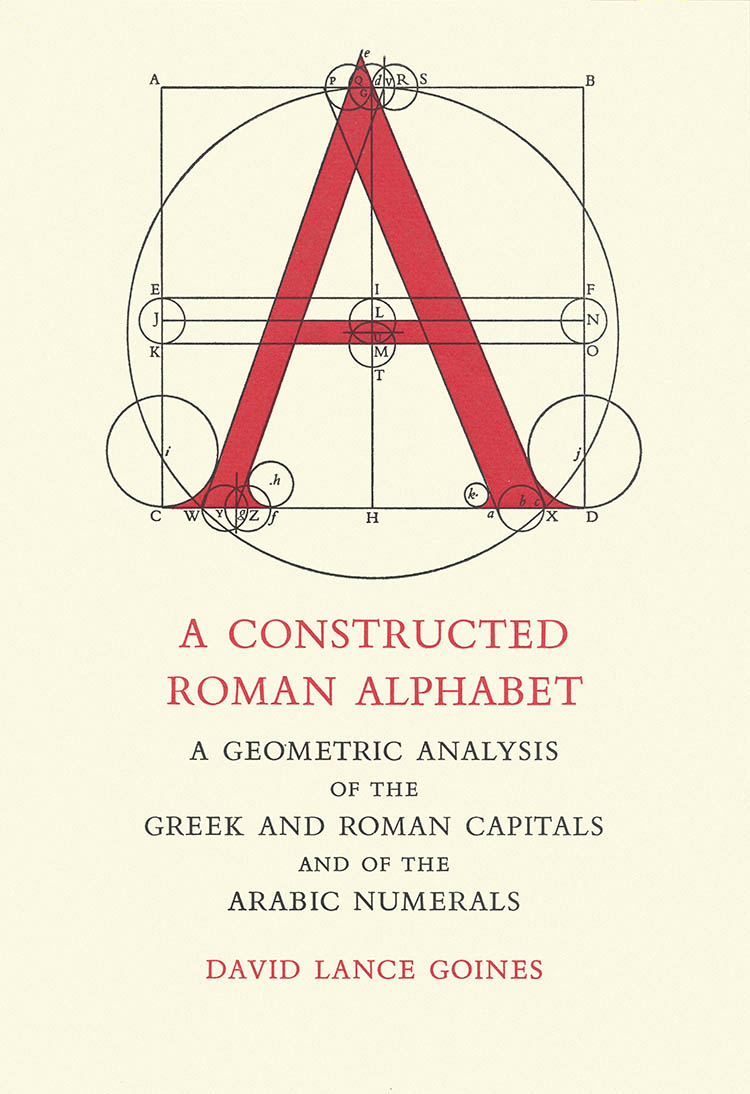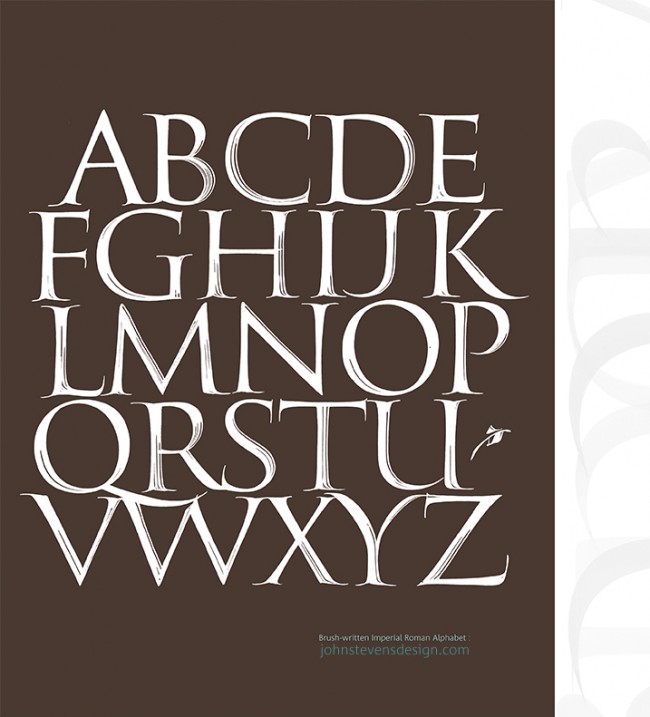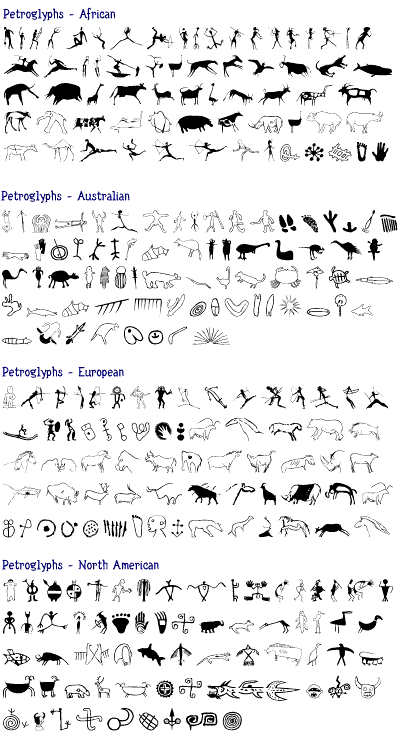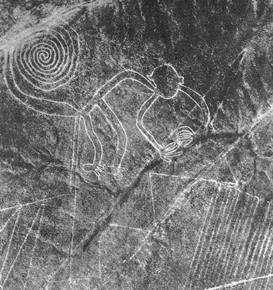Classifying type:
Humanist | Old Style | Transitional | Modern
Slab Serif (Egyptian) | Sans Serif
As the idea of humanism occured in Renaissance,new humanistic writings required and new fonts are created.
Blackletter (also know as Block,Gothic, Fraktur or Old English) started to change and become more secular, legible and elegant.

The Humanist types (sometimes referred to as Venetian) appeared during the 1460s and 1470s.
Have strong roots in calligraphy.
And here are some examples of Humanist faces:
And here are some examples of Humanist faces:
Jenson, Kennerley, Centaur, Stempel Schneidler, Verona, Lutetia, Jersey, Lynton.
Old style types are characterised by greater contrast between thick and thin strokes, and are generally speaking, sharper in appearance, more refined.
 |
| Original Garamond |
 |
|
The very first italic type in 1501.
Some more Old Style faces: Berling, Calisto, Goudy Old Style,Granjon, Janson, Palatino, Perpetua, Plantin, Sabon and Weiss.
The Renaissance Masters of Type The Baroque Masters of Type
Aldus Manutius Philippe GrandjeanClaude Garamond William Caslon
Geoffroy Troy John Baskerville
Pierre Simon Fournie
18th century Transitional style typefaces.
First Transitional (or Neoclassical) style typeface, much less influenced by handwritten letterforms.
TheRomain du Roi or King’s Roman, commissioned by Louis XIV for theImprimerie Royale in 1692, is often referred to as Grandjean’s type but produced by a committee and Jacques Jaugeon was one of the committee members. Also known as the Paris Scientific Type, the name of the committee.
Notable figures are John Baskervile (1760's), Pierre Simon Fournier who developed the ‘point’ system (Fournier Scale), William Caslon whose types were based on the Dutch Old Style.
The first Modern typeface is attributed to Frenchman Firmin Didot (son of François-Ambroise Didot), and first graced the printed page in 1784. Followed by the archetypal Didone from Bodoni.
The Masters of Type of the Enlightenment
François Ambroise DidotGiambattista Bodoni
 |
| 1. High and abrupt contrast between thick and thin strokes; 2. Abrupt (unbracketed) hairline (thin) serifs 3. Vertical axis 4. Horizontal stress 5. Small aperture |
 |
| It is easy to see Bodoni or Didot. |


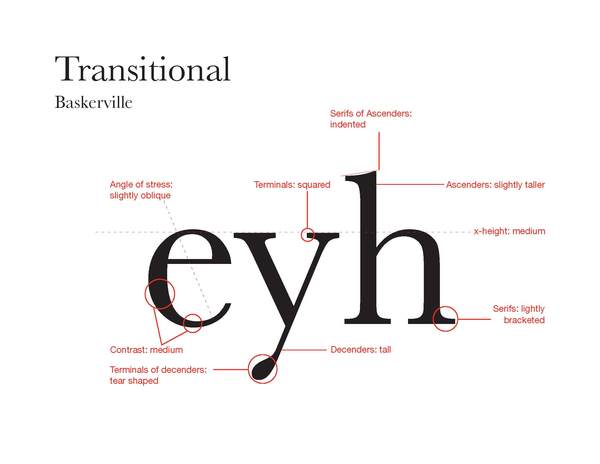






.jpg)
